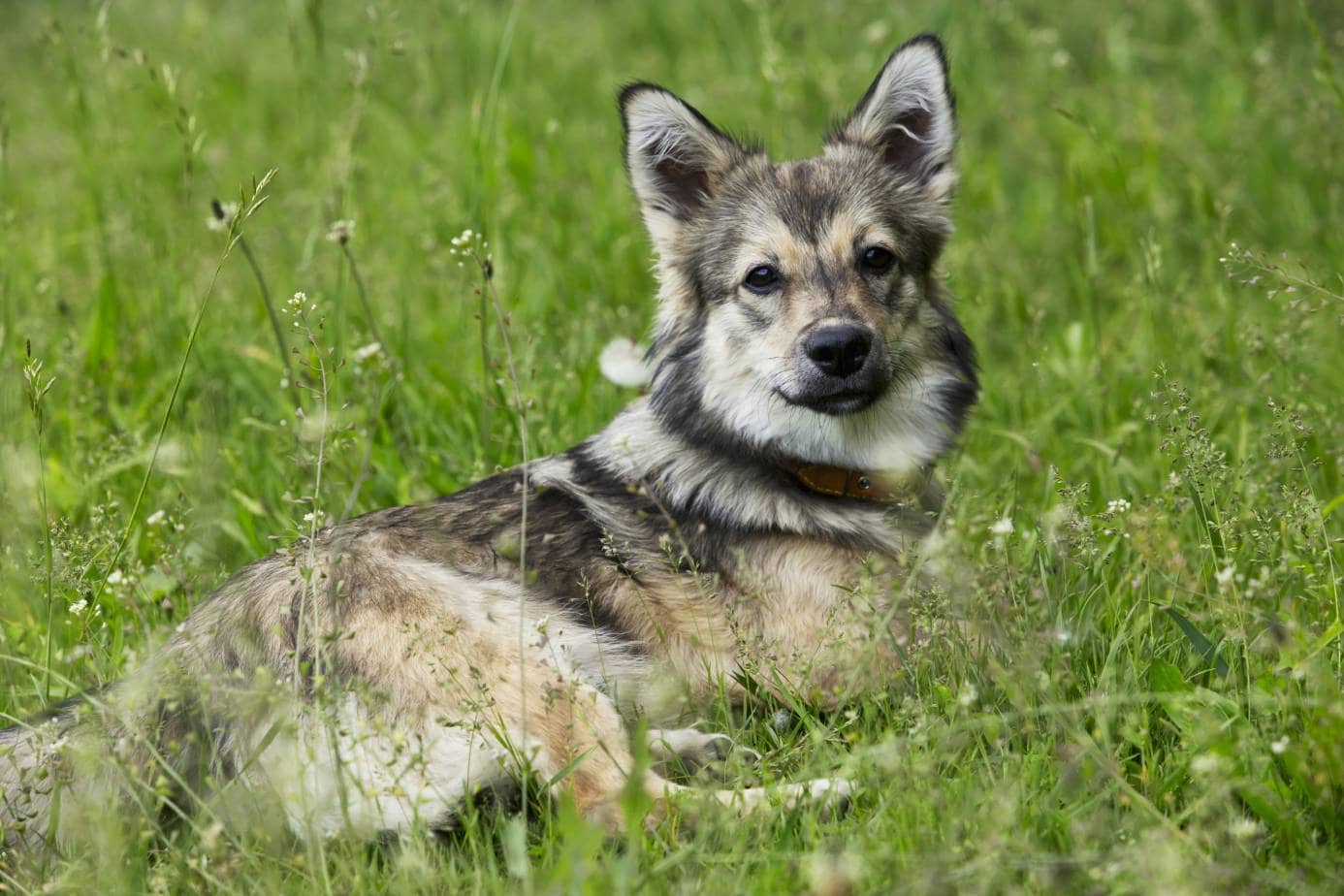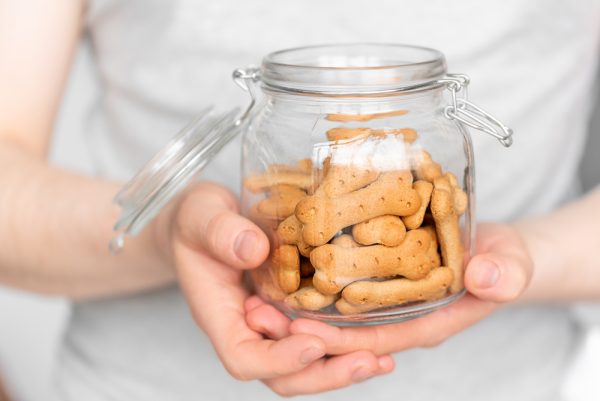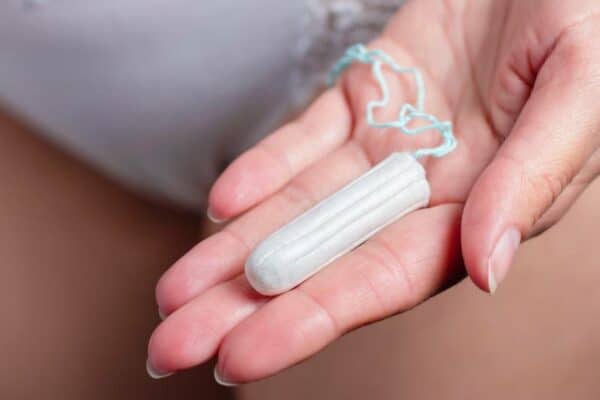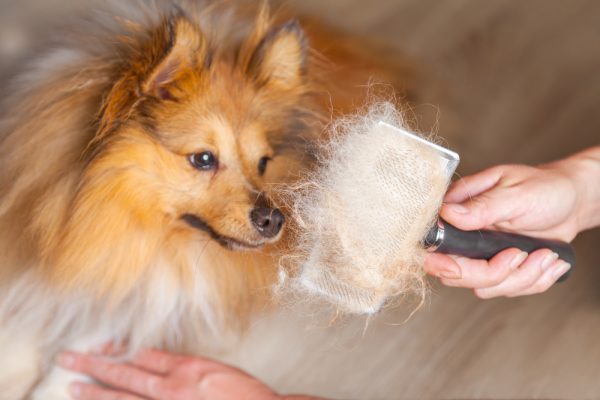In this article
If you have a Swedish Vallhund or are considering getting one as a pet, you should familiarize yourself with the breed and understand their lifespan.
As the average lifespan of dogs is between 10 to 13 years, we can say that Swedish Vallhunds have a pretty long lifespan. Swedish Vallhunds are generally healthy, which is why their lifespans are typically between 12 to 15 years. However, these dogs can occasionally live even longer!
In this article, we’ll discuss more about the Swedish Vallhund lifespan, including what affects it, why some Swedish Vallhunds live longer than others, what are the life stages of these dogs, and how you can determine a Swedish Vallhund’s age on your own.

What’s the Average Lifespan of a Swedish Vallhund?
Swedish Vallhunds are lively, small dogs who are extremely affectionate, intelligent, and playful. These dogs are excellent human companions, and the average lifespan of a Swedish Vallhund is typically between 12–15 years.
Still, as this is a generally healthy breed with few genetic problems, with enough exercise, proper nutrition, and a high-quality lifestyle, these dogs can surpass their life expectancy and live even longer.
Some old records suggest that the oldest living Swedish Vallhund in history was 27 years old, showing how long of a lifespan this breed could actually have.
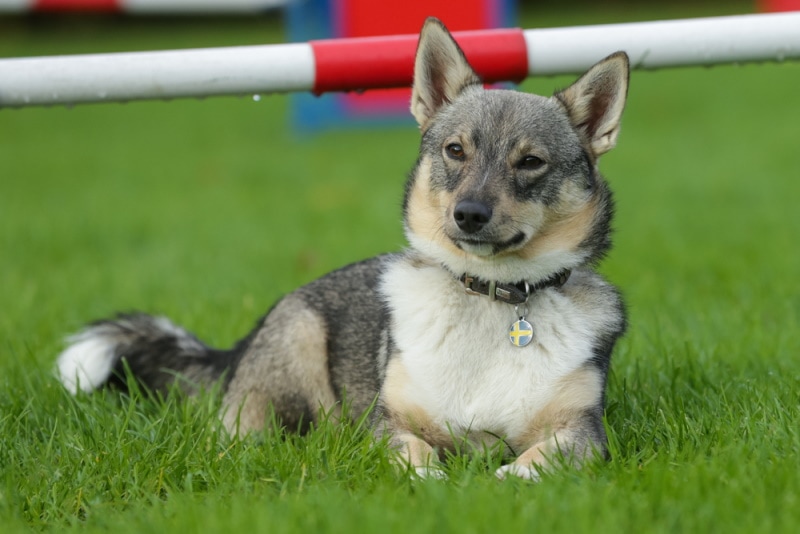
Why Might Some Swedish Vallhund Live Longer Than Others?
There are not many studies into the factors affecting longevity of dogs. However, common sense, veterinary experience, and extrapolation from human studies give us a good starting point.
1. Nutrition
Nutrition likely plays an extremely important role in the longevity of all dog breeds. Swedish Vallhunds who consume a well balanced diet with protein, fats, and all the nutrients they need will likely outlive those with a poor diet.
Dogs who eat healthily are less likely to suffer from weight problems and obesity, which can also affect your Swedish Vallhund’s lifespan. Also, the amount of food and the calories your Swedish Vallhund consumes can affect its lifespan. Swedish Vallhunds on a proper diet can live around 6 to 12 months longer than dogs who overconsume and become obese. That is why it is important to work with a veterinarian when choosing the best food for your dog.
If you need to speak with a vet but can't get to one, head over to PangoVet. It's our online service where you can talk to a vet online and get the personalized advice you need for your pet — all at an affordable price!

2. Exercise
Swedish Vallhunds are active, high-energy, working dogs, which is why they require regular exercise to be in good shape and stay healthy. Although some Swedish Vallhund are more active than others, dogs in this breed may live longer if they get regular exercise.
It is thought the Swedish Vallhund lifespan is longer in canines who regularly run and participate in sports and other activities as they are happier, more resilient, can maintain their weight more easily, and are more mentally stimulated. These reports are anecdotal, and as of yet, there is not much research into the effect of exercise on health outcomes in dogs.
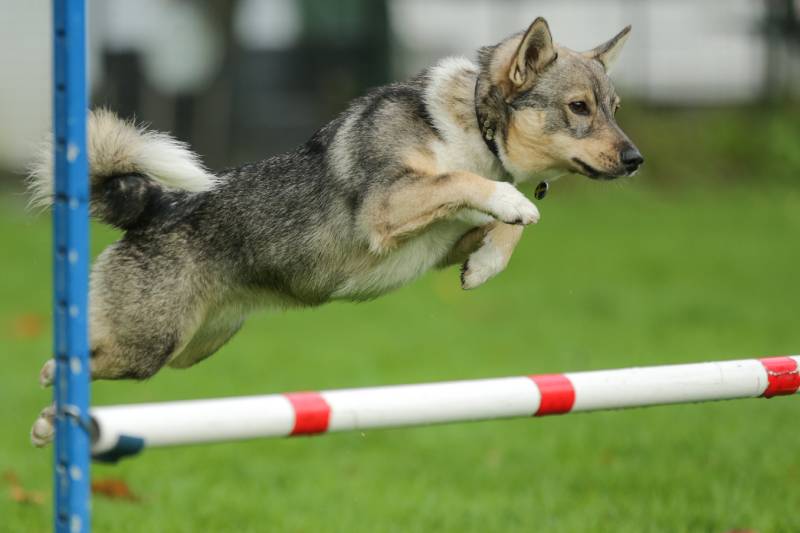
3. Genes & Breeding History
Although Swedish Vallhund are generally healthy, they are prone to several hereditary conditions, including:
- Retinopathy
- Patellar luxation
- Hip dysplasia
- Eye problems
As your Swedish Vallhund can suffer from a genetic condition, it’s especially important to consider where you’re getting your puppy. Try to look for reputable Swedish Vallhund breeders.
Reputable breeders have access to DNA testing, inbreeding coefficient, and screening schemes that allow them to breed the healthiest dogs possible.
4. Healthcare
Swedish Vallhunds who receive proper health care are bound to live longer than those who don’t. This breed is susceptible to several hereditary health problems requiring prompt reactions and proper treatment to allow your furry friend to live a healthy life.
Many Swedish Vallhunds who don’t have regular vet check-ups and don’t get the needed treatment for their health problems will have impaired life quality, and their life will be shorter than those dogs who get regular veterinary care.
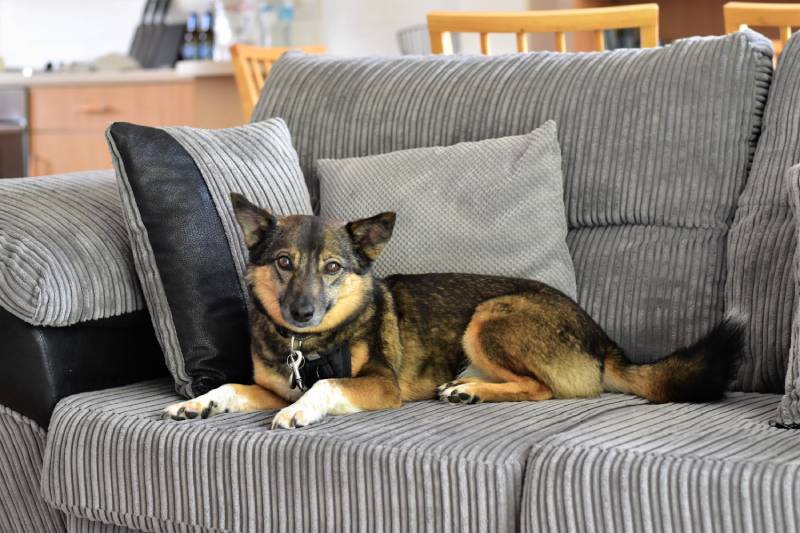

The 6 Life Stages of a Swedish Vallhund
Puppy (Birth to 7 months)
The first stage in your Swedish Vallhund’s life is the puppy stage which begins right after birth and lasts until your puppy is around 7 months old. This stage in your puppy’s life will pass rather quickly, so this time is essential for teaching your dog good manners and training your dog how to behave, use the potty and socialize with humans and other animals.
Swedish Vallhund puppies also need high-quality nutrition and regular mental and physical stimulation to develop properly and grow healthy and strong.
Junior (7 months to 2 years)
After the puppy stage, your Swedish Vallhund will become a junior; this stage represents dog adolescence, typically lasting from 7 months to 2 years of age. This is still a time of development for your furry friend; ensure your dog gets everything it needs to grow strong and mature.
During junior years, your dog might still lack attention and focus, so consistency in your daily routine is key to maintaining your bond and helping your dog adapt to everything in the outside world.
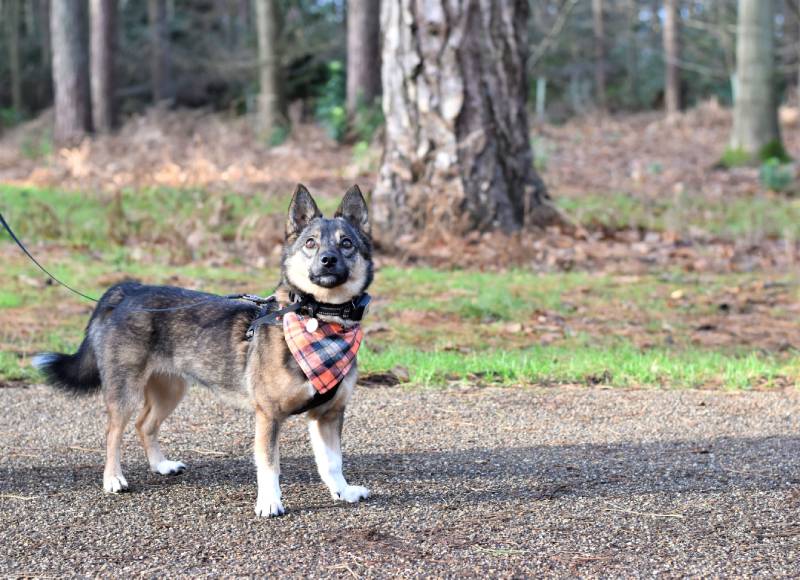
Adult (2 year to 6 years)
Your Swedish Vallhund will reach adulthood at the age of 2; the adult stage typically lasts from 2 to 6 years in your dog’s life. Adult dogs have developed personalities and habits, so your Swedish Vallhund will likely need less attention and close supervision during this stage in life.
Adult Swedish Vallhund are still quite active and playful and still need plenty of physical and mental stimulation. In this life stage, it’s also beneficial to take your canine to regular vet checks to prevent possible health problems that may occur.
Mature (6 years to 12 years)
After the adult stage, your Swedish Vallhund will enter the mature stage, which occurs between 6 years–12 years of your dog’s life. During these mature years, your canine will likely start to slow down, being less active than usual.
Swedish Vallhunds in the mature stage are still pretty agile but may need specialized care if they have underlying health issues.
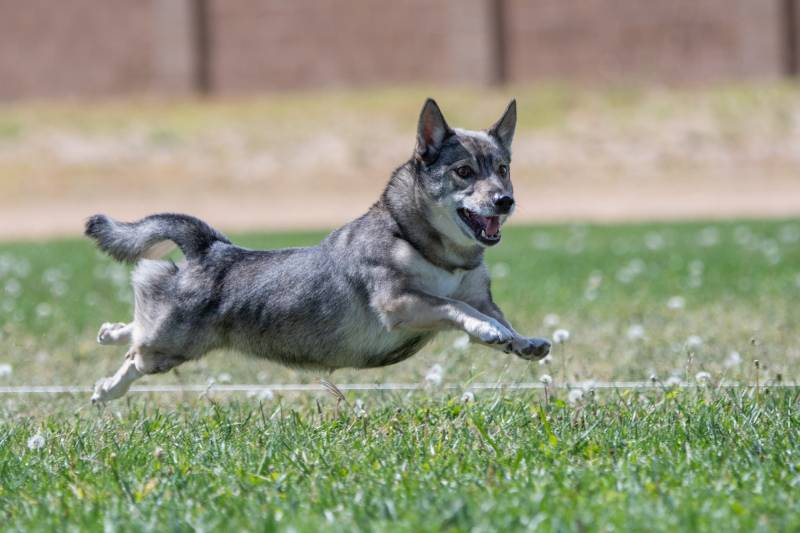
Senior (12 years to 15 years)
Swedish Vallhunds enter their senior stage between the age of 12 to 15. At this life stage, most canines are much less active than usual; they sleep and eat less and require more specialized care.
If your Swedish Vallhund reaches the senior stage, it’s essential to provide proper healthcare, make the necessary dietary changes and have yearly vet check-ups to allow your furry friend to grow old without discomfort.
Geriatric (15+ years)
Dogs who exceed their life expectancy enter the geriatric life stage. For Swedish Vallhunds, the geriatric life stage begins after the dog is 15 years old or older. This life stage can often bring various challenges and health difficulties as your furry friend is significantly old.
Because of that, you should do everything in your power to make this stage in your Swedish Vallhund’s life as comfortable as possible.
If their dogs are suffering, some pet parents may need to make a difficult decision during this stage and say goodbye to their furry friends.

How to Tell Your Swedish Vallhund’s Age?
If you’ve recently adopted a Swedish Vallhund, or you’ve had a Swedish Vallhund for a while but are unsure of its age, you may be wondering how to tell the age of your furry friend.
While there’s no way to determine the precise age of your adult Swedish Vallhund, there are a couple of things you can do to guess how old your dog is:
- Coat: Your dog’s coat will start to turn gray as your dog gets older; that’s why you can observe your dog’s fur to tell its age. Young Swedish Vallhunds will have healthier coats without gray hairs; older dogs will have gray hairs, loose skin, and lack skin elasticity.
- Eyes: Older Swedish Vallhunds are prone to eye issues, while eye issues rarely occur in young dogs. Because of that, eye problems are typically an indicator that your dog is somewhat old.
- Feet pads: Puppies and junior Swedish Vallhunds have pinkish, soft feet pads, while older canines have rough, dark feet pads.
- Movement & energy: Older dogs tend to be less energetic and less mobile. while younger canines have higher energy levels and love to move around. Because of that, you can observe these behavioral changes to determine the age of your furry friend.
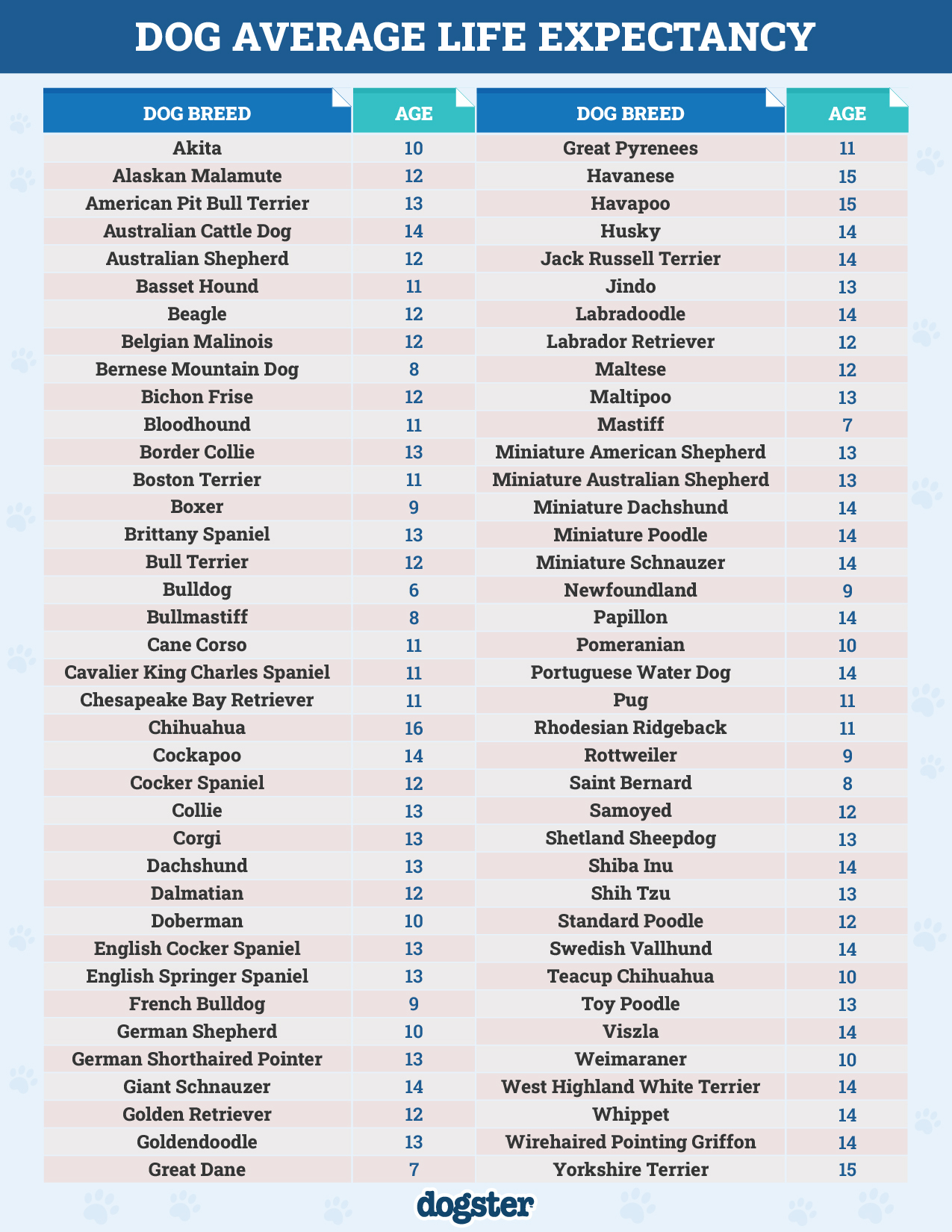

Conclusion
Swedish Vallhunds are fun-loving, playful dogs who make excellent pets. There are a bunch of great things about this breed; one of the things that especially stands out is the Swedish Vallhund lifespan.
These dogs typically live between 12 to 15 years but can be your companions for even longer if you provide them with love, proper maintenance, and care.
Featured Image Credit: Olga Aniven, Shutterstock
